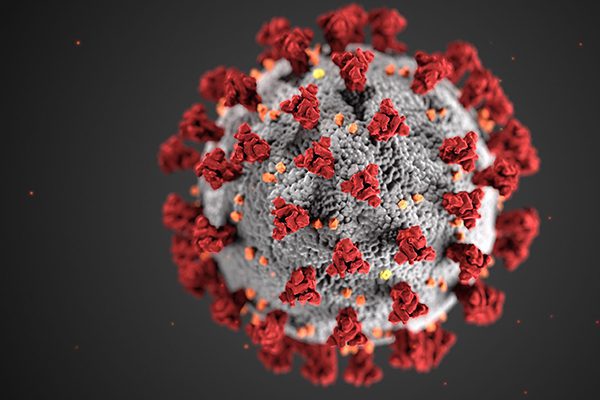Geographers’ COVID-19 Study Offers Way To Detect, Monitor Clusters

As communities relax COVID-19 restrictions, a recent study by UNC Charlotte geographer Eric Delmelle and two of his former doctoral students could provide decision-makers with timely data about spikes in COVID-19 cases to help guide their decisions.
The research, published in the journal Applied Geography this spring, tracks clusters of COVID-19 down to the county level using space-time statistics. The study is believed to be the first geographic study to use this statistical tracking method and was one of the first studies published by geographers studying COVID-19. In epidemiology, a cluster is a collection of cases of a disease or another health-related condition closely grouped in time and place.
Lead author Michael Desjardins is a post-doctoral fellow in epidemiology at Johns Hopkins Bloomberg School of Public Health’s Spatial Science for Public Health Center. Alexander Hohl, an assistant professor in the Department of Geography at The University of Utah, is the third co-author. Both earned their master’s and doctoral degrees in geography at UNC Charlotte.